How to Pick the Perfect Trekking Poles or Hiking Stick for Your Next Adventure in Canada
Canada’s vast landscapes offer everything from coastal rainforests and Rocky Mountain peaks to tundra trails and boreal forests. Whether you’re tackling the West Coast Trail, exploring the Laurentians, or wandering local footpaths, the right trekking poles or hiking stick can make your adventure safer and more comfortable.
Here’s how to choose the best option for your needs:
1️⃣ Understand Why You Need Them
Benefits of trekking poles/hiking sticks:
- Reduce strain on knees, hips, and ankles, especially on descents
- Improve balance on rocky, muddy, or snowy terrain
- Help maintain rhythm and pace
- Provide extra stability when crossing streams or snowfields
In Canada’s diverse terrain—think loose scree in the Rockies or rooty trails in BC—a good set of poles can be a game-changer.
2️⃣ Choose Between Single or Pair
- Single Hiking Stick: Simpler, lighter, often traditional wood. Great for moderate trails or casual walks.
- Pair of Trekking Poles: Provide balanced support on challenging hikes, ideal for multi-day treks, steep climbs, or heavy packs.
3️⃣ Look at Adjustable vs. Fixed Length
- Adjustable Poles: Great for variable terrain—shorter for uphill, longer for downhill. Ideal for most Canadian trails with varied elevation.
- Fixed-Length Poles: Lighter and simpler but less versatile.
Tip: Look for flick-lock or lever-lock systems over twist-lock for better reliability in cold, wet conditions.
4️⃣ Consider Weight and Materials
- Aluminum: Durable and affordable, but heavier. Good for tough, rocky trails.
- Carbon Fibre: Lighter, absorbs vibration well, but pricier and can crack if slammed into rocks.
In Canada, where you may need poles for winter snowshoeing or shoulder-season hiking, durability matters.
5️⃣ Grip Material Matters
- Cork: Comfortable, molds to your hand, great in hot or cold weather.
- Foam: Soft and absorbs sweat, lightweight.
- Rubber: Good for cold weather and shock absorption, but can get slippery if wet.
Canadian Consideration: Cork and foam are popular for comfort in varied temperatures.
6️⃣ Check for Shock Absorbers
Some poles have internal springs to reduce impact on descents. These can be turned on/off in many models. Helpful for long days or people with knee sensitivity.
7️⃣ Don’t Forget the Tips and Baskets
- Carbide Tips: Standard for most trails, grip rock and dirt.
- Rubber Tips: Slip over carbide for pavement or fragile surfaces.
- Snow Baskets: Wider baskets that prevent poles from sinking in deep snow—essential if you plan to use them for snowshoeing.
Tip: In Canada, having removable baskets is key so you can switch to snow baskets in winter.
8️⃣ Test for Packability
If you backpack, travel, or use public transport to trailheads, consider:
- Telescoping Poles: Collapse small for easy packing.
- Folding (Z-style) Poles: Ultra-compact, great for minimalist hikers.
9️⃣ Buy Local When Possible
Supporting Canadian outdoor retailers ensures you get gear suited to our climate and terrain. Staff can offer local trail-tested advice. Plus, many Canadian stores offer excellent return policies and repairs.
10️⃣ Budget Considerations
- Entry-level (approx. $50–$80 CAD): Aluminum, basic features.
- Mid-range ($80–$150 CAD): Adjustable, good grips, shock absorption.
- Premium ($150+ CAD): Carbon fibre, ultra-light, advanced locks.
Final Advice
Canada’s wilderness is beautiful but demanding. Picking the right trekking poles or hiking stick means thinking about:
- ✅ Where you’re hiking (alpine, forest, snow)
- ✅ How much weight you’re carrying
- ✅ Seasonality (summer, shoulder season, winter snowshoeing)
- ✅ Your budget
Take the time to choose well—it’ll pay off in comfort, safety, and more enjoyable adventures on the trail.
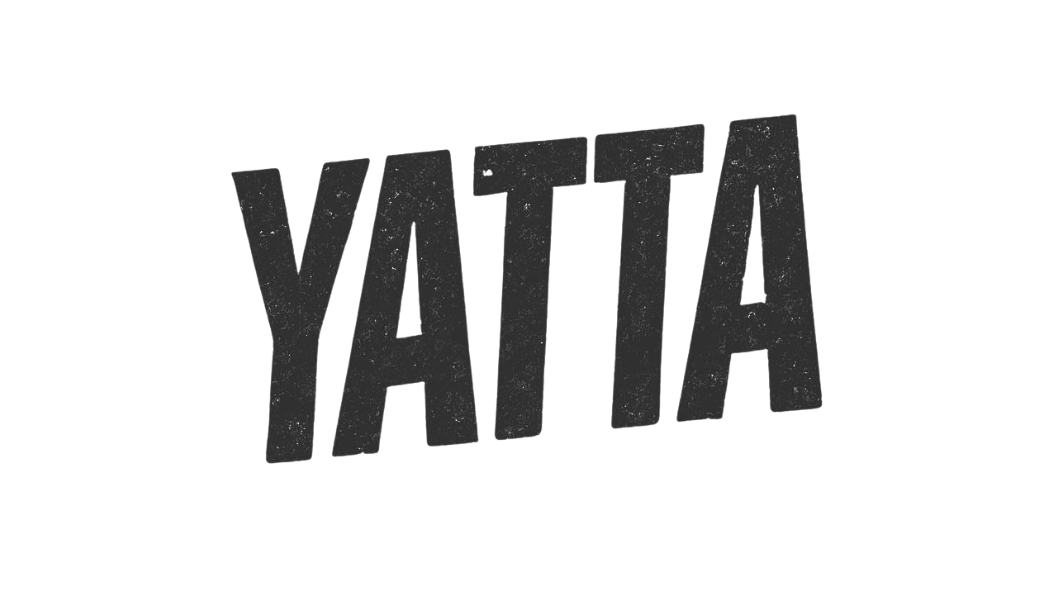
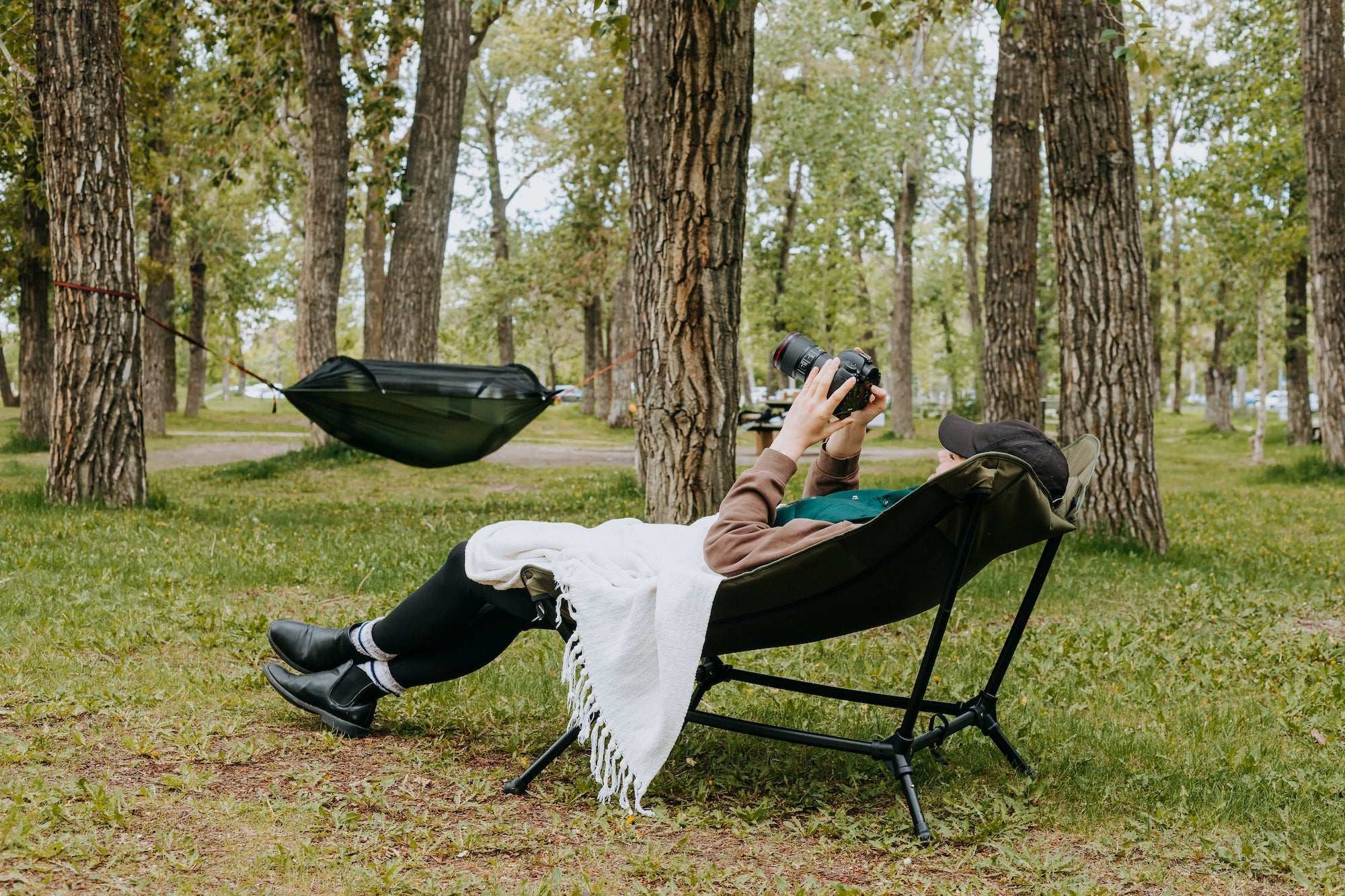
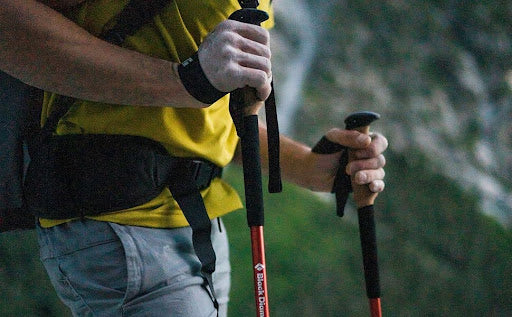
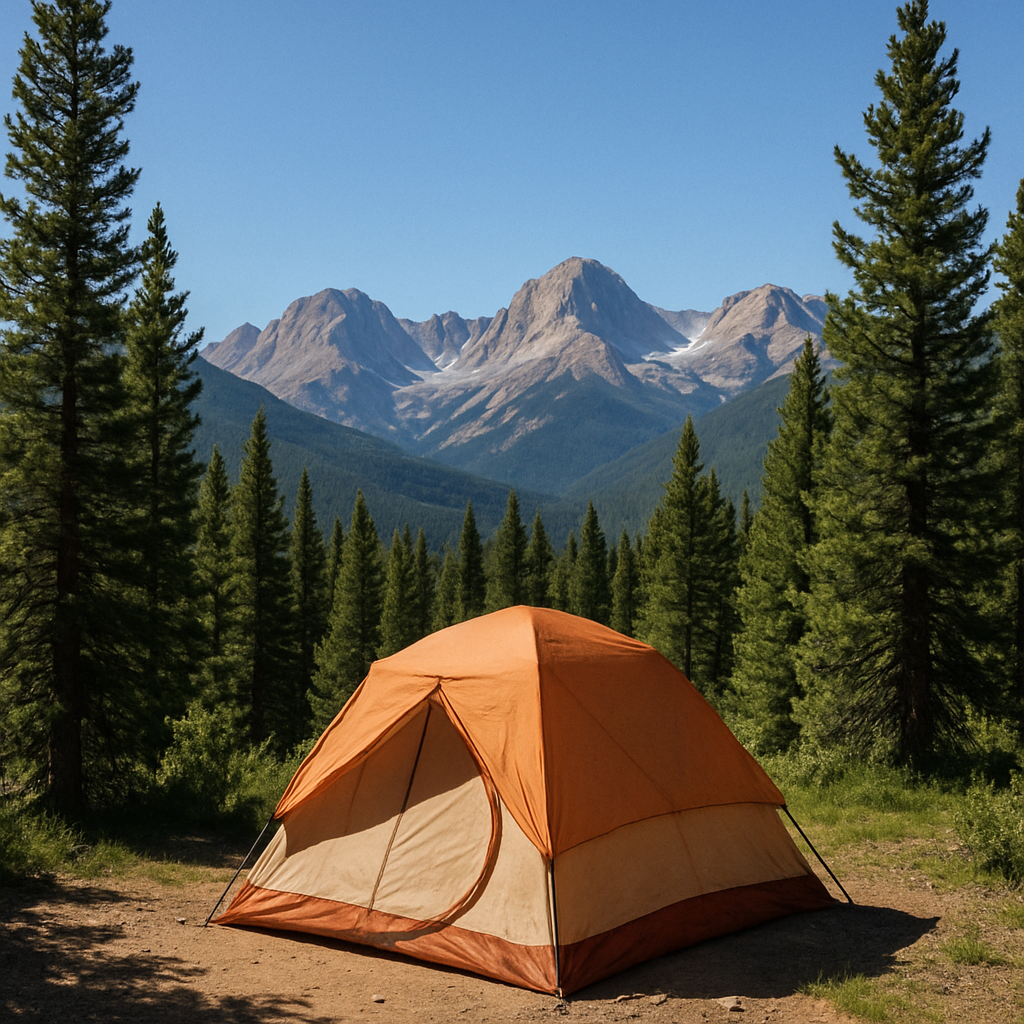
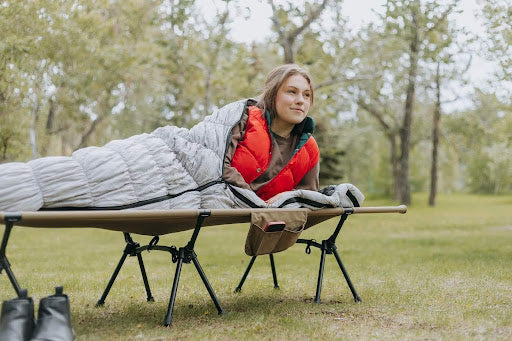
Leave a comment
All comments are moderated before being published.
This site is protected by hCaptcha and the hCaptcha Privacy Policy and Terms of Service apply.